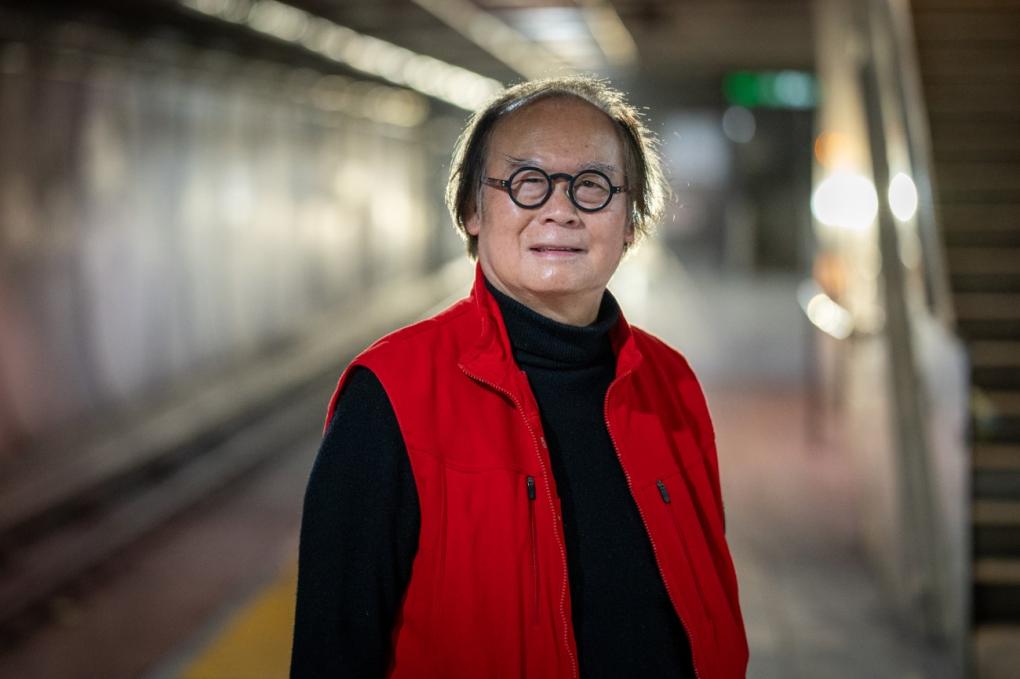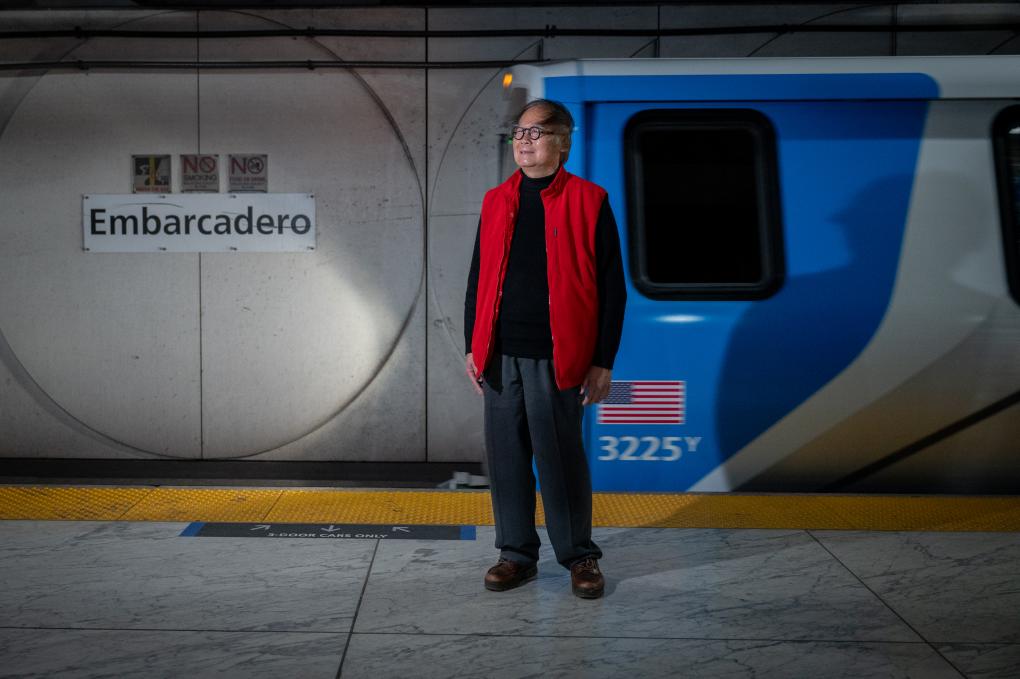BART Connects: BART gave a civic architect “a sense of what was possible” for urban design

Howard Wong pictured at Powell Street Station.
Do you have a favorite BART memory or story to share? Email a short summary to BART Storyteller Michelle Robertson at [email protected], and she may follow up to schedule an interview.
Howard Wong was born and raised in San Francisco, and like many locals, he depended on public transportation to travel. He remembers well the “old, shaky streetcars and rickety buses” that ferried citizens around the region, and so too, he remembers that it “wasn’t always a pleasant experience.”
A few years after BART opened, he graduated with a master's degree in architecture and design from UC Berkeley. In the program, Wong and his classmates studied the new BART system – its design, its construction, its principles. “It was the biggest project around,” he said. “And it gave you a sense of what was possible.”
When BART first opened in 1972, Wong, who was living in Berkeley, used it mostly to travel around the East Bay. That is, until the Transbay Tube opened in 1974, and he took a joy ride from Berkeley into San Francisco.
“Going through the tunnel for the first time was quite an experience,” he said. “Your ears pop, and it feels like you’re rolling really fast. It gave you the sense of entering this new Space Age era of transportation.”
Wong’s experiences on BART left a lasting impact on him. He said the transit system helped shape his “democratic sensibilities on urban design."
“No matter your class, you had a sense that you were getting special treatment when you rode the trains,” he said.
“You really felt like you were a part of this democracy of benefits,” Wong continued. “You're sitting on a train with all the commuters who seemed much more affluent with their suits and ties and briefcases, but you’re right there on that train with them.”

Wong went on to work for a series of Bay Area architectural offices before he was hired as an architect for the City and County of San Francisco.
Wong still remembers his trips from North Beach to San Francisco State, where he earned his undergraduate degree, by way of the old surface M streetcar, a ride that took at least an hour each way. He said when the BART tunnels were built under Market, as well as the Muni Metro tunnels above them, “it was revolutionary.”
He also noticed that after BART opened, smaller bedroom communities quickly transformed into prosperous suburbs – a metamorphosis he attributes largely to the transit system, which enabled suburbanites to easily and affordably commute into San Francisco. He also noticed more businesses, especially higher-end department stores, set up shop along Market Street.
Now retired, Wong remains an avid BART rider. He often takes the train to explore cities outside his hometown as well as to regular haunts around Mission Street and the Berkeley campus. As of late, he’s taken BART to visit Fremont, Orinda, and Walnut Creek. Recently, he rode BART to Berryessa/North San Jose Station to check out the San Jose Flea Market, which he learned about from a BARTable article.
In his 51 years of riding BART, Wong said the public is essential in ensuring the system is around for generations to come. He encourages Bay Area residents to not “forget about transit.”
“You don’t have to take it all the time, but ride it every once and awhile,” he said. “It takes advocacy and support, as well as revenue to improve local transit and to keep it running. The public can help give it a boost, too.”

About the BART Connects Storytelling Series
The BART Connects storytelling series was launched in 2023 to showcase the real people who ride and rely on BART and illustrate the manifold ways the system affects their lives. You can follow the ongoing series at bart.gov/news.
The series grew out of BART's Role in the Region Study, which demonstrates BART’s importance to the Bay Area’s mobility, cultural diversity, environmental and economic sustainability. We conducted a call for stories to hear from our riders and understand what BART means to them. The call was publicized on our website, social media, email blasts, and flyering at stations. More than 300 riders responded, and a selection of respondents who opted-in were interviewed for the BART Connects series.